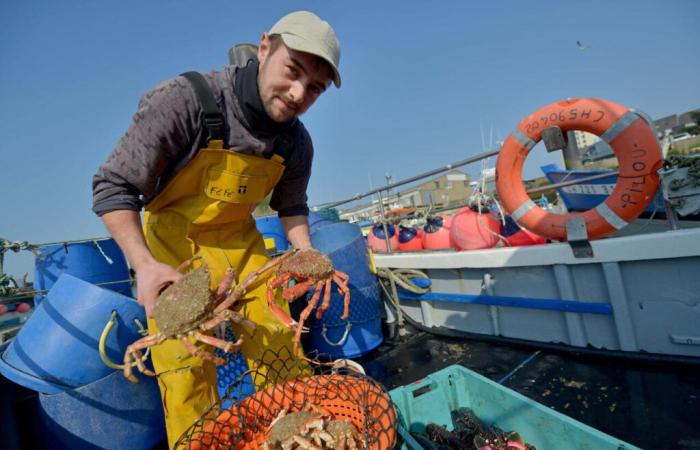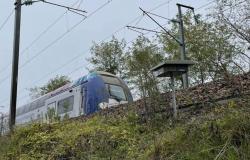Par
Sebastien Lucot
Published on
Nov 6, 2024 at 7:11 p.m.
See my news
Follow La Presse de la Manche
Spider, for spider. But also for Monitoring Sea Spider Populations in the Norman-Breton Gulf and Identification and Development of solutions to limit the Effect of predation in mussel farming.
Timid measures
From avril 2024the Regional Shellfish Farming Committee (CRC) of Northern Brittany, with as partners the CRC Normandy, the Smel (Sea and Coastal Synergy), the Regional Committees for Maritime Fisheries and Marine Farming (CRPMEM) of Normandy and Brittany, the Departmental Fisheries Committees (CDP) of Ille-et-Vilaine and Côtes-d'Armor and the French Research Institute for the Exploitation of the Sea (Ifremer), undertook a study project to better understand the proliferation of sea spiders.
This species, whose biomass is constantly increasing each year, has become a real scourge for producers of bouchot mussels and oysters in the Norman-Breton Gulf. If a few timid measures have been put in place to fight against this predator of the seabed about which little is known at the moment, “the objective is to better understand the potential changes in the ecology and biology of the sea spider. sea, having potentially led to a strong increase in its biomass and therefore to significant predation on mussels”, informs Laurence Hégron Macé, head of the maritime fishing division for Smel, based in Blainville-sur-Mer (Manche).
Captures…
To achieve this objective, the Normandy CRP has mandated five professional fishermen in the sectors of Agon-Coutainville, Pirou, Anneville-sur-Mer, Bricqueville-sur-Mer, Bréville-sur-Mer, Annoville, Lingreville, Donville-les -Bains and Chausey to monitor catches, “twice a week”, by surrounding the mussel farming concessions using lines. Work that started in June and was completed a few days ago. Welcome financial compensation for these fishermen affected by the scarcity of whelk in the sector.
To complete these data, which only informs the number of specimens captured, biometric monitoring is carried out by two of them to refine the mesh of this study.
“They measure the size, the weight, whether the spiders are carrying eggs or not, estimate their age… This is work that we also do on our side. »
…to marking
Since September in Brittany and October 22 in the Channel – spider fishing being closed from September 1 to October 15 – another part of the Spider project has just started, the marking of the species. “The idea is to track spider migrations on and off the coast and see if any new patterns emerge, including wintering areas closer to the coast. »
In less than 10 days, two operations were carried out along the Channel coast by Smel and the fisheries committee. One offshore, at Chausey and opposite Carteret, the other closer to the coast north of Granville, making it possible to mark – using labels engraved with telephone numbers – 540 sea spiders.
“Professional fishermen, shore fishermen or even boaters can call as soon as they cross their path. One of them, recaptured (sic) recently, traveled 40 kilometers between Brittany and Chausey. »
Several hypotheses are put forward by scientists about this proliferation. Climate change could be one of them. “We must prove it, but also study inter-species interactions in the context of this climate change. It could be, for example, that the abundance of the spider has an impact on the whelk. » Thus, the increase in water temperature in the Norman-Breton Gulf could not be the only direct factor responsible for the decrease in the whelk resource in this sector.
Follow all the news from your favorite cities and media by subscribing to Mon Actu.






